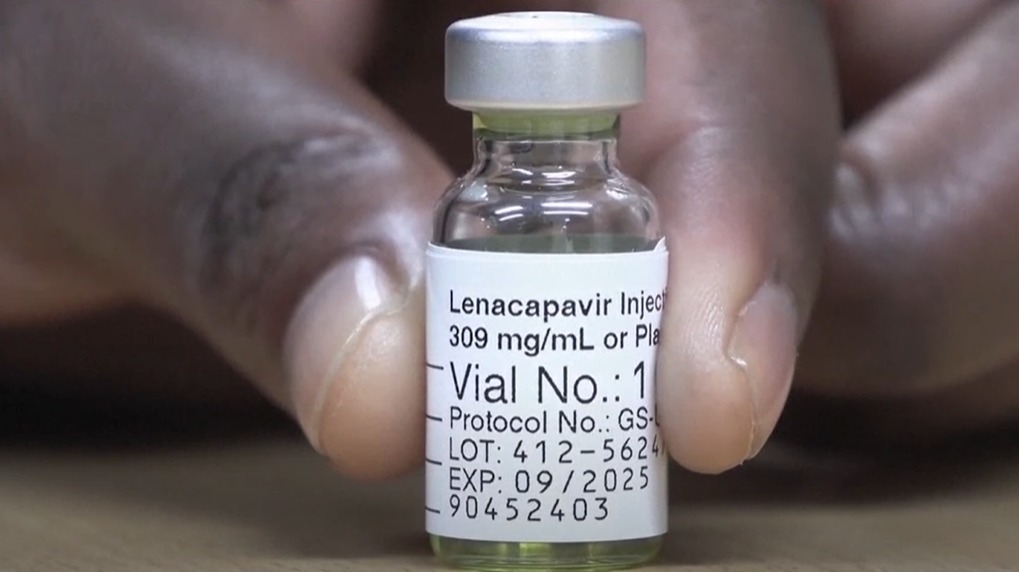The World Health Organization on Monday, July 14, recommended the use of lenacapavir, a twice-a-year injection, as a new option for HIV prevention. The announcement was made at the 13th International AIDS Society Conference on HIV Science, held in Kigali, Rwanda.

This move is expected to strengthen global efforts to prevent the spread of HIV, especially among people who face difficulties in taking daily medication.
Lenacapavir is the first injectable pre-exposure prophylaxis product that only needs to be taken twice a year. It offers a long-acting alternative to daily oral pills and other shorter-term methods.
The drug was recently approved by the United States Food and Drug Administration and is marketed under the brand name Yeztugo. Studies have shown that it is highly effective in preventing HIV infections, especially for individuals at high risk.
The WHO’s recommendation comes at a time when funding for HIV prevention and treatment is under pressure. Earlier this year, the United States, which is the largest contributor to global HIV programmes, stopped all financial support following the change in government.
According to a recent report by UNAIDS, if the US President’s Emergency Plan for AIDS Relief is permanently discontinued, the world could face more than four million additional AIDS-related deaths and six million new HIV infections by 2029.
The WHO has urged governments and global health organisations to start including lenacapavir in their HIV prevention programmes. Health experts say that this injection could be especially helpful for people who face social stigma, have limited access to healthcare, or find it difficult to take medicines every day. However, the high price of the drug, around USD 28,000 per person per year, may become a challenge for many countries, especially low- and middle-income ones.
Despite this, the WHO has said it is working with countries and health partners to ensure that the medicine reaches those who need it. The organisation also stressed the importance of collecting data on how the drug is used and how effective it is in real-life situations, to guide future efforts to end AIDS as a public health threat.


